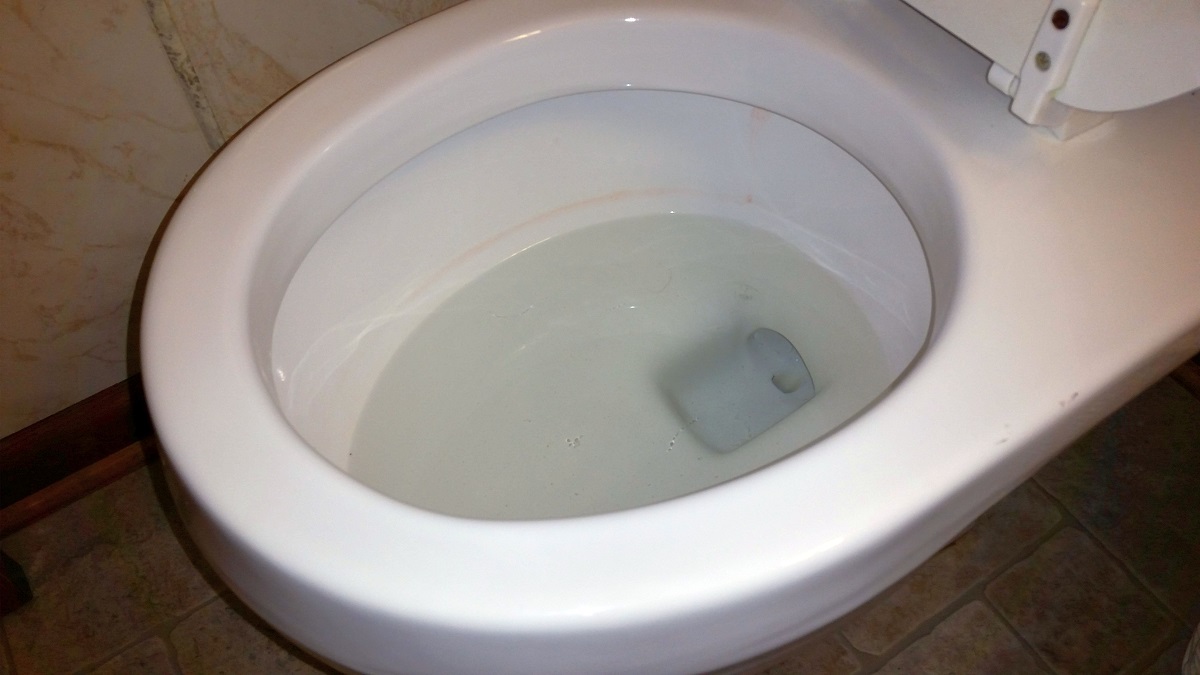

Articles
What Causes Pink Ring In Toilet
Modified: October 19, 2024
Discover the common causes of a pink ring in your toilet with our informative articles. Learn how to prevent and remove this unsightly problem.
(Many of the links in this article redirect to a specific reviewed product. Your purchase of these products through affiliate links helps to generate commission for Storables.com, at no extra cost. Learn more)
Introduction
Have you ever noticed a mysterious pink ring forming in your toilet bowl? It’s certainly a puzzling phenomenon, but rest assured, you’re not alone in the quest to figure out its cause. The appearance of a pink ring in the toilet can be unsightly and may leave you wondering what exactly is going on.
In this article, we will delve into the world of the pink ring in the toilet – what causes it, why it forms, and what steps you can take to prevent it from happening again. By understanding the underlying factors behind this common bathroom annoyance, you’ll be better equipped to tackle the issue head-on.
So, let’s unravel the mystery of the pink ring in the toilet and shed some light on this pinkish predicament.
Key Takeaways:
- Say goodbye to the mysterious pink ring in your toilet by understanding its causes and implementing preventive measures. Regular cleaning, water treatment, and professional help can keep your toilet clean and ring-free.
- Combat the unsightly pink ring in your toilet with proactive cleaning, water quality assessment, and professional assistance. By addressing the root causes, you can maintain a clean and visually appealing bathroom environment.
Read more: What Causes The Pink Ring In The Toilet Bowl
Understanding the Pink Ring in Toilet
The first step to addressing the issue of a pink ring in your toilet is to understand what exactly it is and why it forms in the first place. The pink ring is typically a result of bacterial or fungal growth in the water, which is then deposited on the surface of the toilet bowl. It can range in color from light pink to dark pink and may appear as a thin ring or as scattered spots.
This bacterial or fungal growth is often caused by the presence of certain microorganisms, such as Serratia marcescens or pink mould, which thrive in damp environments and feed on organic matter. These microorganisms are commonly found in household environments and can enter the toilet bowl through airborne particles or when flushed down the drain.
Another factor that can contribute to the formation of the pink ring is the presence of mineral deposits in the water. When minerals, such as calcium and magnesium, are present in high concentrations, they can react with the bacteria or fungi in the water and create a pinkish hue.
It’s important to note that the pink ring in the toilet is not typically associated with any health risks. However, it can be aesthetically displeasing and may indicate an underlying issue with the cleanliness or water quality in your bathroom.
Now that we have a better understanding of what the pink ring in the toilet is and how it forms, let’s explore the common causes behind its occurrence in more detail.
Common Causes of Pink Rings
There are several factors that can contribute to the formation of pink rings in your toilet. By understanding these common causes, you can take appropriate measures to prevent their recurrence. Here are the main culprits:
- Bacteria and Algae Growth: As mentioned earlier, certain bacteria and fungi, such as Serratia marcescens or pink mould, thrive in moist and warm environments. When these microorganisms find their way into your toilet bowl, they can multiply and form a pinkish ring or spots.
- Mineral Deposits: Mineral deposits in the water, such as calcium and magnesium, can react with the bacteria or fungi in the bowl and contribute to the pink discoloration. These minerals can often be found in hard water, which is characterized by a high concentration of dissolved minerals.
- Hard Water Stains: In addition to mineral deposits, hard water can also leave behind unsightly stains in your toilet bowl. These stains can create the appearance of a pink ring, especially when combined with other factors like bacteria or algae growth.
- Iron or Manganese in Water: If your water supply contains high levels of iron or manganese, it can lead to a pinkish discoloration in your toilet bowl. These minerals can react with bacteria or fungi present in the water and result in the formation of a pink ring.
By understanding these common causes, you can begin to identify the potential source of the pink ring in your toilet. This knowledge will be valuable as you explore prevention strategies in the next section.
Bacteria and Algae Growth
One of the most common causes of pink rings in the toilet is the growth of bacteria and algae. Microorganisms, such as Serratia marcescens or pink mould, thrive in moist environments and can find their way into your toilet bowl through airborne particles or contaminated water.
Bacteria, such as Serratia marcescens, are known to produce a pink pigment called prodigiosin. When these bacteria multiply and form colonies in the toilet bowl, they can create a distinctive pink coloration. Similarly, certain types of algae, like red or pink algae, can also contribute to the formation of pink rings.
These microorganisms can feed on organic matter present in the water, such as soap residues, mineral deposits, or even particles coming from the sewage system. As they grow and reproduce, they create a biofilm on the surface of the toilet bowl, leading to the development of a pinkish ring.
In addition to creating an unsightly appearance, the presence of bacteria and algae in your toilet bowl can also result in unpleasant odors. These microorganisms can produce waste products and release gases, contributing to the foul smell.
To prevent the growth of bacteria and algae in your toilet bowl, it’s important to maintain proper cleanliness and hygiene. Regularly cleaning the toilet with disinfectants or antibacterial cleaners can help kill off any existing microorganisms and prevent their regrowth.
In situations where the pink ring persists despite regular cleaning, it may be necessary to seek professional help. A plumber or water treatment specialist can assess the quality of your water supply and recommend appropriate solutions, such as installing water filters or water conditioners, to address the issue at its source.
By understanding the role of bacteria and algae in the formation of pink rings in your toilet, you can take proactive steps to prevent their growth and maintain a clean and hygienic bathroom environment.
Mineral Deposits
Another common cause of pink rings in the toilet is the presence of mineral deposits in the water. When the water contains high concentrations of minerals such as calcium and magnesium, it is known as hard water. Hard water is a common issue in many households and can lead to various problems, including the formation of pink rings in the toilet.
When hard water is used to flush the toilet, the minerals in the water can interact with bacteria or algae that may already be present in the bowl. This interaction can result in a chemical reaction, causing the formation of a pinkish discoloration on the bowl’s surface.
The minerals in hard water can also accumulate over time, leading to the formation of mineral deposits. These deposits can appear as limescale or hard water stains, which can contribute to the appearance of a pink ring. The pink discoloration may be more prominent in areas where the mineral deposits are thickest.
To address the issue of mineral deposits and prevent the formation of pink rings, it is essential to tackle the source of the problem – hard water. Several options are available to deal with hard water, including:
- Water Softeners: These devices work by removing or neutralizing the minerals in the water, effectively softening it. Water softeners can be installed at the main water supply line to treat all the water used in your home.
- Water Conditioners: Water conditioners alter the chemical composition of the minerals in the water, preventing them from forming hard water deposits. They are typically installed at specific points of use, such as showers or faucets.
- Water Filters: In some cases, using water filters can help reduce the mineral content in the water, reducing the likelihood of mineral deposits forming in the toilet bowl.
By addressing the issue of hard water and reducing the mineral content, you can minimize the formation of pink rings in your toilet and maintain a clean and visually appealing bathroom.
Read more: What Causes Toilet Bowl Ring
Hard Water Stains
Hard water stains can be another contributing factor to the formation of pink rings in your toilet. Hard water contains high levels of minerals, such as calcium and magnesium, which can leave behind unsightly residues and stains on surfaces.
When hard water is used to flush the toilet, the minerals in the water can accumulate over time and create hard water stains. These stains can appear as white, gray, or brownish deposits on the toilet bowl and can contribute to the appearance of a pink ring, especially when combined with other factors like bacteria or algae growth.
In addition to creating an unappealing visual appearance, hard water stains can also make it more difficult to clean the toilet bowl effectively. The minerals in the stains can adhere to the surface, making it challenging to remove them with regular cleaning methods.
To tackle hard water stains and prevent the formation of pink rings, regular cleaning and maintenance are crucial. Here are some tips to help you deal with hard water stains effectively:
- Vinegar or Lemon Juice: These natural acids can help dissolve mineral deposits and remove hard water stains. Simply pour vinegar or lemon juice into the toilet bowl, let it sit for a while, and then scrub the stains with a toilet brush.
- Baking Soda Paste: Mix baking soda with water to create a paste-like consistency. Apply the paste to the stains and let it sit for a few minutes before scrubbing with a toilet brush.
- Commercial Cleaners: There are various commercial cleaners available specifically designed to remove hard water stains. Follow the instructions on the product label and use them as directed.
- Pumice Stone: A pumice stone can be used to gently scrub away hard water stains. Wet the stone and rub it over the stained areas, applying light pressure to avoid scratching the toilet bowl.
Regular and consistent cleaning, as well as using the appropriate cleaning methods, can help prevent the buildup of hard water stains and reduce the likelihood of pink rings forming in your toilet.
To prevent a pink ring in the toilet, regularly clean and disinfect the bowl to remove any bacteria or mold that can cause the discoloration. Additionally, consider using a toilet bowl cleaner specifically designed to prevent and remove pink stains.
Iron or Manganese in Water
Iron and manganese are two minerals that can be present in your water supply and contribute to the formation of pink rings in your toilet. While these minerals are essential for the body in small amounts, high concentrations of iron or manganese in the water can lead to various issues, including discoloration.
When water with high iron or manganese content is used to flush the toilet, the minerals can react with bacteria or fungi present in the water. This interaction can result in the formation of a pinkish discoloration on the surface of the toilet bowl.
Iron can cause a reddish or brownish tint, while manganese can create a bluish or pinkish hue. The combination of these minerals with bacteria or algae growth can intensify the pink coloration, making the rings more visible.
If the pink rings in your toilet are primarily caused by iron or manganese in the water, addressing the water quality issue is key to prevention. Here are some steps you can take:
- Water Testing: Start by testing your water to determine the levels of iron and manganese present. You can either use home test kits or seek professional water testing services.
- Water Treatment: Depending on the test results, you can install appropriate water treatment systems to reduce iron or manganese content. This could include oxidation filters, water softeners, or other specialized treatment methods.
- Regular Maintenance: Additionally, routine maintenance of any water treatment systems is crucial to ensure their effectiveness in removing iron and manganese from the water.
- Professional Assistance: If you’re unsure about the best course of action or need assistance with water treatment, consulting with a water treatment specialist can be beneficial. They can assess your specific situation and recommend the most suitable solutions.
By addressing the presence of iron or manganese in your water supply and implementing effective water treatment measures, you can reduce the likelihood of pink rings forming in your toilet and maintain a clean and visually appealing bathroom environment.
Tips for Preventing Pink Rings
Preventing pink rings in your toilet requires a proactive approach to tackle the underlying causes. By implementing the following tips, you can minimize the chances of pink rings forming and maintain a clean and hygienic bathroom:
- Proper Cleaning and Maintenance: Regular cleaning of your toilet is essential to prevent the buildup of bacteria, algae, and mineral deposits. Use a toilet brush and appropriate cleaners to scrub the bowl regularly, removing any potential sources of pink ring formation.
- Regular Flushing: Flushing the toilet regularly helps to refresh the water in the bowl and prevents stagnant water, which can promote the growth of microorganisms.
- Monitor Water Quality: Consider testing your water supply for mineral content and potential contaminants. This will help identify any specific issues that may contribute to the formation of pink rings. If necessary, consult with a water treatment specialist to address water quality concerns.
- Use Water Conditioners or Filters: Install water conditioners or filters to reduce the mineral content or remove impurities from the water. These systems can help prevent the accumulation of minerals and inhibit the growth of bacteria or algae.
- Avoid Standing Water: Make sure there isn’t any standing water in the toilet bowl. If you have a toilet that doesn’t flush properly or has a slow drain, consider repairing or replacing it to ensure efficient water flow.
- Regularly Inspect and Clean the Toilet Tank: Occasionally check and clean the toilet tank, as mineral deposits can accumulate in this area as well. This will help maintain the overall cleanliness of your toilet.
- Proper Ventilation: Ensure that your bathroom is properly ventilated to discourage the growth of bacteria, mold, and fungi. Use exhaust fans or open windows during and after showering to reduce humidity levels.
- Avoid Placing Objects in the Toilet Bowl: Discourage placing objects, such as toilet cleaning tabs or solid air fresheners, directly in the toilet bowl as they can contribute to the formation of pink rings. Instead, use appropriate cleaners and air fresheners outside of the bowl.
By incorporating these preventive measures into your bathroom maintenance routine, you can significantly reduce the chances of pink rings forming in your toilet. Remember to stay consistent with cleaning and address any water quality issues to ensure a clean and welcoming bathroom environment.
Proper Cleaning and Maintenance
Proper cleaning and maintenance of your toilet are essential steps in preventing the formation of pink rings. By following these practices, you can keep your toilet bowl clean, minimize bacterial growth, and reduce the chances of pink rings appearing:
- Regular Cleaning: Clean your toilet bowl regularly using a toilet brush and appropriate cleaning products. Regular cleaning helps remove any potential sources of bacteria and algae growth, as well as mineral deposits that can contribute to the formation of pink rings. Scrub the inside of the bowl, including under the rim, and pay attention to areas where stains or discoloration may occur.
- Bleaching: Occasionally, using a bleach-based cleaner can be beneficial in killing bacteria and preventing their regrowth. Be sure to follow the instructions on the cleaning product and ventilate the area properly during and after use.
- Avoid Harsh Abrasives: While it’s important to clean your toilet thoroughly, avoid using harsh abrasives or scrubbing tools that can damage the surface of the bowl. These can create rough areas that are more susceptible to bacterial growth and can make it harder to keep the toilet clean in the long run.
- Clean the Toilet Tank: Remember to clean not only the toilet bowl but also the toilet tank. Mineral deposits and bacteria can accumulate in the tank, which can ultimately find their way into the bowl and contribute to pink ring formation. Regularly check the tank, clean any buildup, and ensure that the flush mechanism is functioning properly.
- Flush Properly: When flushing the toilet, make sure to keep the lid closed to prevent any airborne particles from escaping and settling back onto the bowl’s surface. This can reduce the introduction of new bacteria or contaminants from entering the bowl.
- Prevent Standing Water: Avoid leaving standing water in the toilet bowl for long periods. If you notice slow drainage or water pooling, it may be an indication of an underlying plumbing issue that needs to be addressed. Standing water creates an ideal environment for bacteria and algae to thrive.
- Consider Using Enzyme Cleaners: Enzyme-based cleaners can be effective in breaking down organic matter and preventing bacterial growth. These cleaners target and digest the buildup that can provide nutrients for bacteria and contribute to pink ring formation.
- Maintain Good Ventilation: Proper bathroom ventilation is crucial in preventing the growth of mold, mildew, and bacteria. Ensure that your bathroom has adequate ventilation, such as using an exhaust fan or opening windows when possible, to help reduce humidity levels.
By following these cleaning and maintenance practices, you can keep your toilet clean, free from pink rings, and maintain a hygienic bathroom environment.
Read more: What Causes Pink Grass
Using Water Conditioners or Filters
Water conditioners or filters can be effective solutions for preventing pink rings in your toilet. These systems work by treating the water supply, reducing mineral content, and removing impurities that can contribute to the formation of pink rings.
There are various types of water conditioners or filters available, each designed to address specific water quality issues. Here are some options to consider:
- Water Softeners: Water softeners are commonly used to treat hard water, which is characterized by high levels of minerals, such as calcium and magnesium. These systems work by replacing the calcium and magnesium ions with sodium or potassium ions through a process called ion exchange. By softening the water, water softeners can help reduce mineral deposits and inhibit the formation of pink rings in your toilet.
- Water Conditioners: Water conditioners alter the chemical composition of minerals in the water, preventing them from forming scale and deposits. They use different techniques, such as sequestering agents or catalytic converters, to inhibit the growth of minerals and bacteria.
- Water Filters: Water filters can be installed to remove impurities and contaminants from the water, including minerals, bacteria, and other particulate matter. Different types of filters, such as activated carbon filters or reverse osmosis systems, can be used depending on the specific water quality concerns.
When considering the use of water conditioners or filters, it’s important to assess your specific water quality issues. Conducting a water test can help identify the presence of minerals, bacteria, or other contaminants that may be contributing to the formation of pink rings.
Consulting with a water treatment specialist can provide valuable guidance in choosing the right type of system for your needs. They can analyze the water test results, assess your budget, and recommend the most suitable water conditioner or filter to address your specific water quality concerns.
Installing water conditioners or filters can help minimize the mineral content, remove impurities, and ensure cleaner water throughout your home. By improving the overall water quality, you can significantly reduce the chances of pink rings forming in your toilet and enjoy a cleaner, more visually appealing bathroom.
Seeking Professional Help
In some cases, despite your best efforts, you may find that pink rings persist in your toilet. When this happens, it may be time to seek professional help to address the underlying issues causing the problem.
Here are a few scenarios where professional assistance can be beneficial:
- Water Quality Assessment: If you suspect that the pink rings in your toilet are due to water quality issues, it is advisable to consult with a water treatment specialist. They can conduct a comprehensive water quality assessment, including testing for minerals, bacteria, and other contaminants. The specialist will be able to identify the specific problems in your water supply and recommend appropriate treatment options.
- Plumbing Inspection: Persistent pink rings may be indicative of a plumbing issue, such as a slow drain or faulty flush mechanism. Hiring a plumber to inspect your toilet and plumbing system can help identify and resolve any mechanical or structural problems that could contribute to the recurring pink rings.
- Microbial Analysis: If the pink rings in your toilet are caused by bacteria or algae growth, it can be helpful to have a microbial analysis performed. A professional laboratory can analyze samples from your toilet bowl to identify the specific microorganisms present and provide recommendations for effective eradication methods.
- Professional Cleaning Services: In cases where the pink rings are stubborn and difficult to remove, professional cleaning services specializing in toilet cleaning can provide a thorough and deep clean. These professionals have the expertise, tools, and cleaning agents to effectively remove stains, mineral deposits, and bacteria that may be causing the pink rings.
By seeking professional help, you can gain insights from experts in water treatment, plumbing, or cleaning, ensuring that the root causes of the pink rings in your toilet are addressed effectively. They can provide customized solutions based on your specific situation, helping you achieve a long-lasting solution and a ring-free toilet.
Remember, professionals have the knowledge and experience to diagnose and resolve complex issues. It’s often worth the investment to consult with them, especially when persistent pink rings in your toilet continue to be a source of frustration.
Conclusion
The presence of a pink ring in your toilet can be a perplexing and unsightly problem. However, by understanding the causes and implementing preventive measures, you can effectively prevent the formation of pink rings and maintain a clean and hygienic bathroom.
In this article, we explored the common causes of pink rings, including bacteria and algae growth, mineral deposits, hard water stains, and the presence of iron or manganese in the water. We discussed the importance of proper cleaning and maintenance, such as regular cleaning of the toilet bowl, flushing properly, and addressing any plumbing issues.
We also highlighted the significance of water conditioners or filters in preventing pink rings. These systems can reduce mineral content, remove impurities, and improve overall water quality.
If your efforts to prevent pink rings are unsuccessful, seeking professional help from water treatment specialists, plumbers, or cleaning services can provide insights and solutions to resolve persistent issues.
In conclusion, by implementing the tips and suggestions outlined in this article, you can create a bathroom environment that is free from pink rings. Regular cleaning, proper maintenance, and addressing water quality concerns will help you enjoy a clean and visually appealing toilet bowl.
Remember, the key is to be proactive and consistent in your efforts to prevent pink rings. By taking these steps, you’ll be able to maintain a toilet that is not only clean but also free from the dreaded pink ring.
Now that you've got the scoop on preventing unsightly pink rings in your toilet, why stop there? Keeping a pristine bathroom goes beyond dealing with occasional stains. Dive into our expert guide on bathroom cleaning that covers everything from scrubbing tiles to polishing fixtures. This comprehensive resource offers practical advice to keep your bathroom sparkling clean and hygienic with minimal fuss.
Frequently Asked Questions about What Causes Pink Ring In Toilet
Was this page helpful?
At Storables.com, we guarantee accurate and reliable information. Our content, validated by Expert Board Contributors, is crafted following stringent Editorial Policies. We're committed to providing you with well-researched, expert-backed insights for all your informational needs.
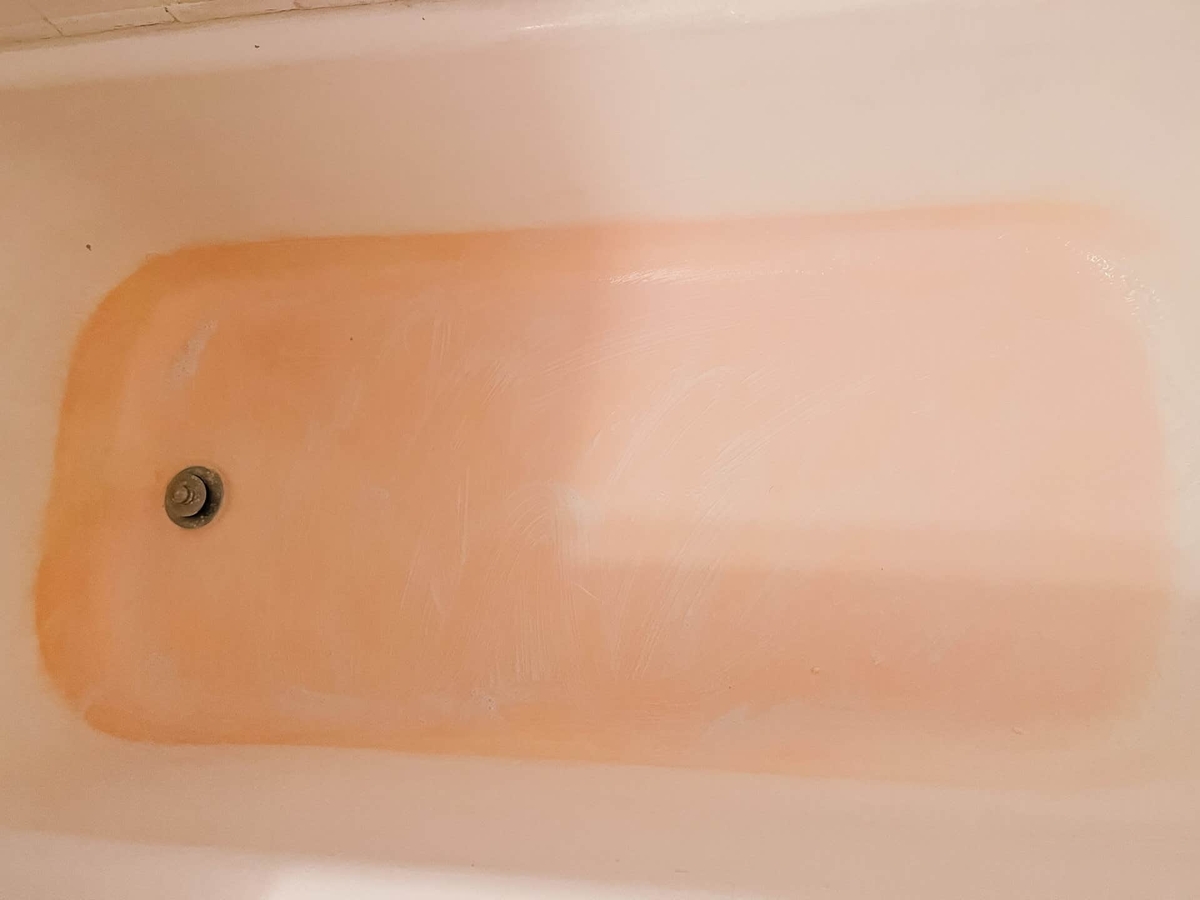
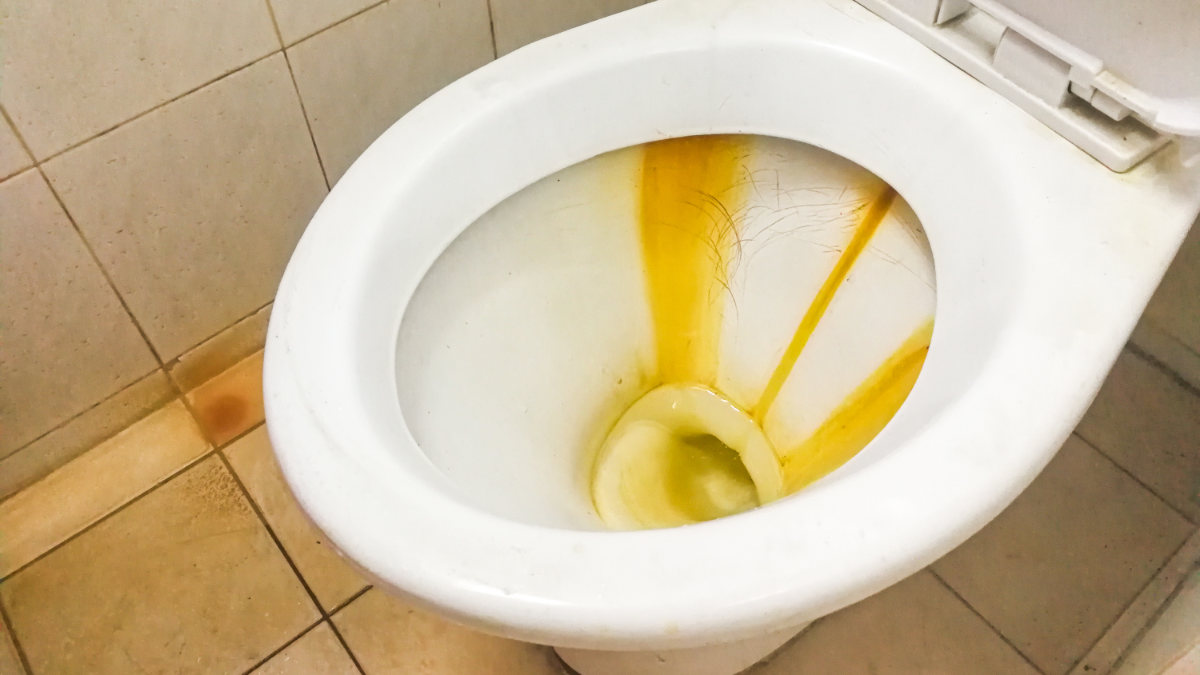
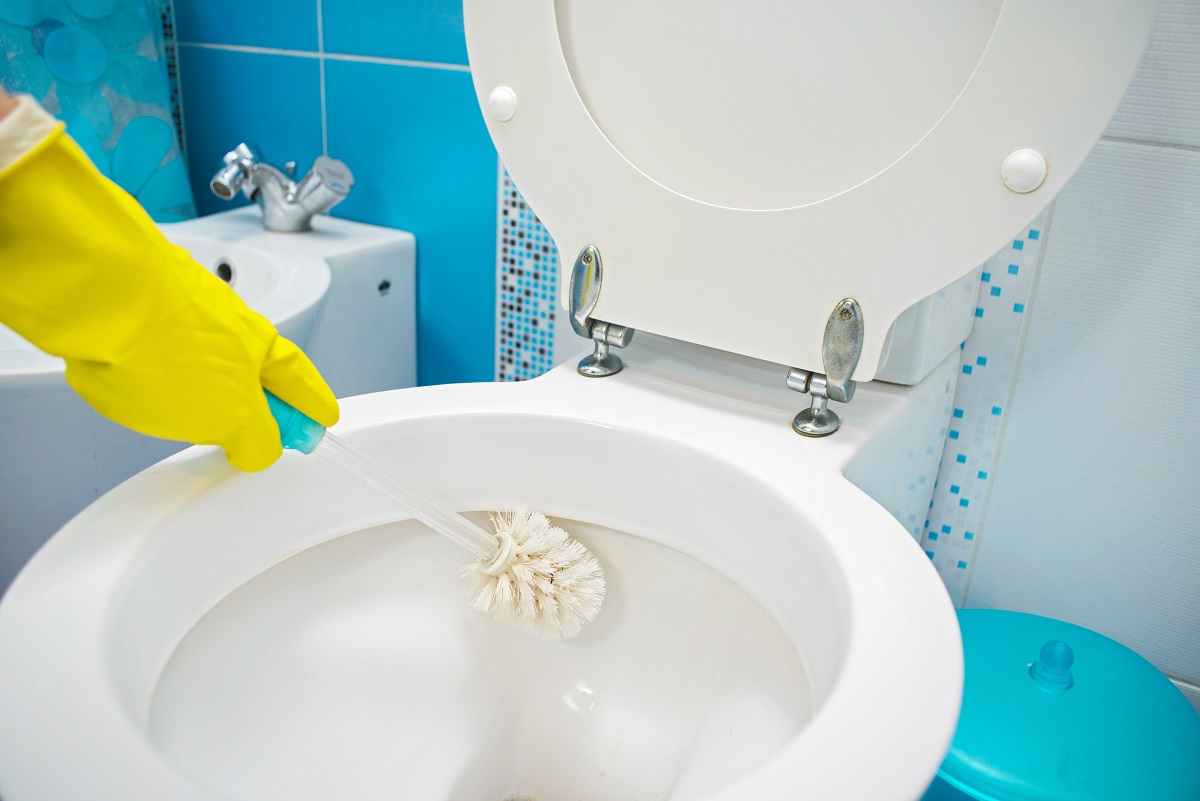
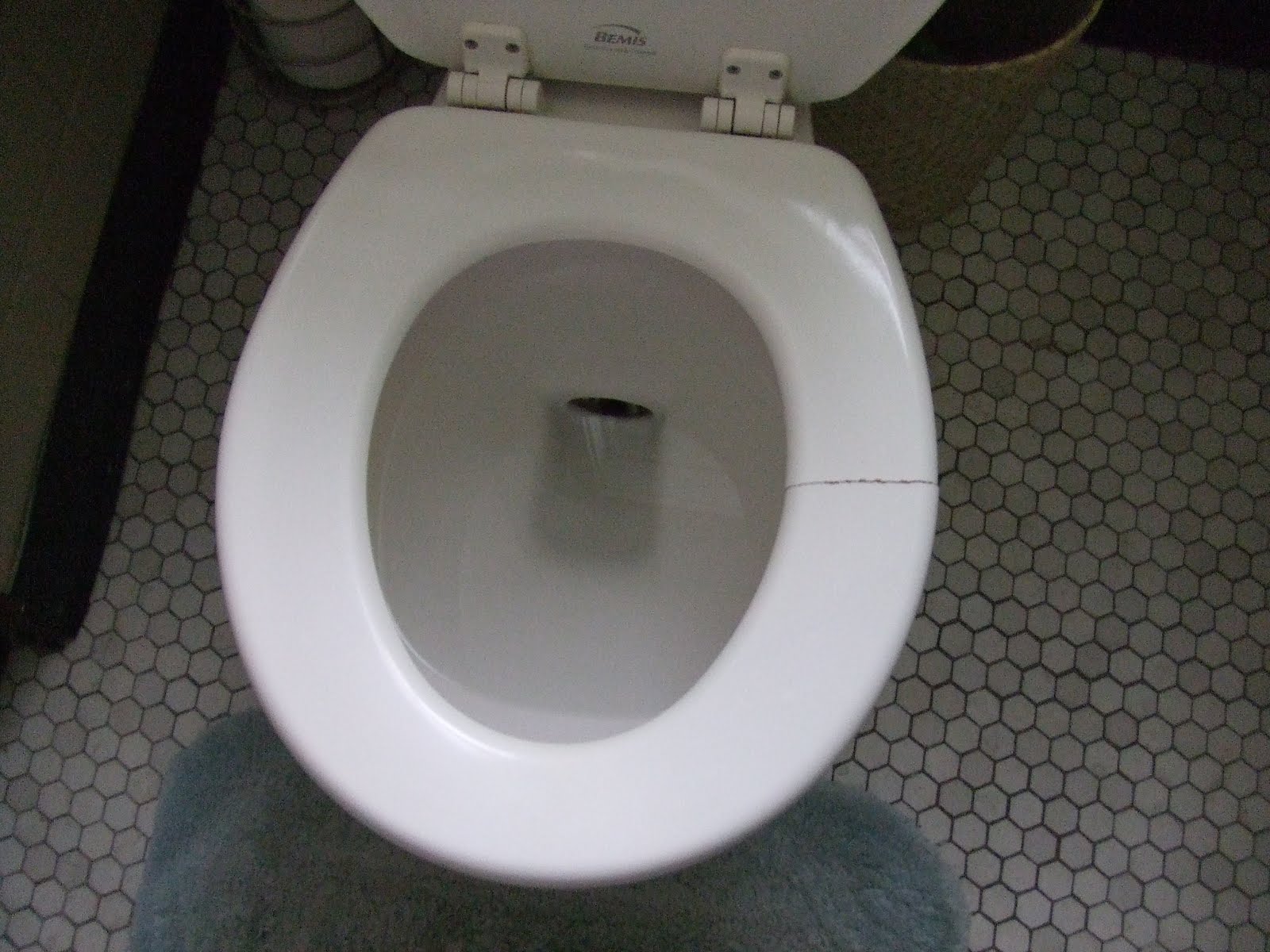
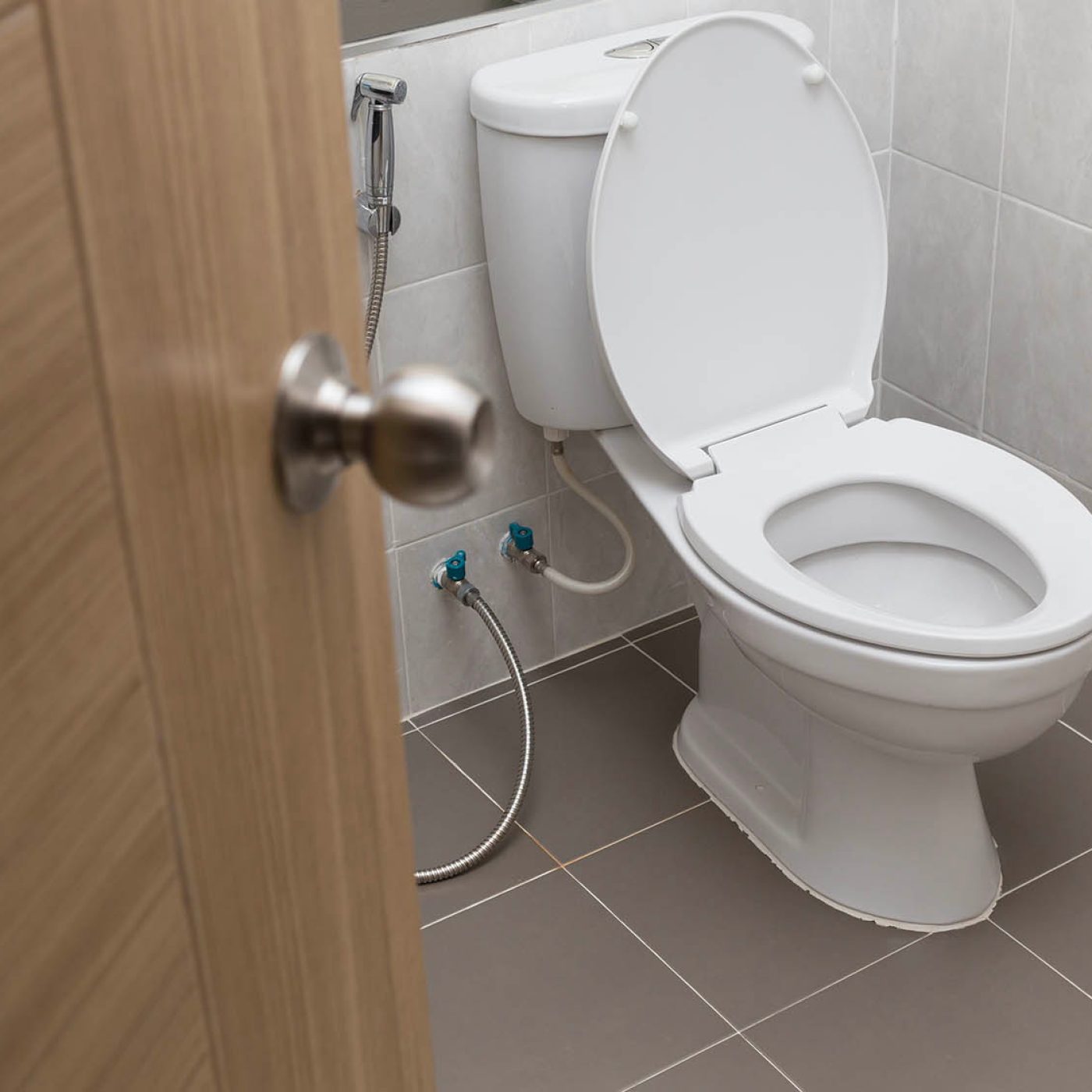
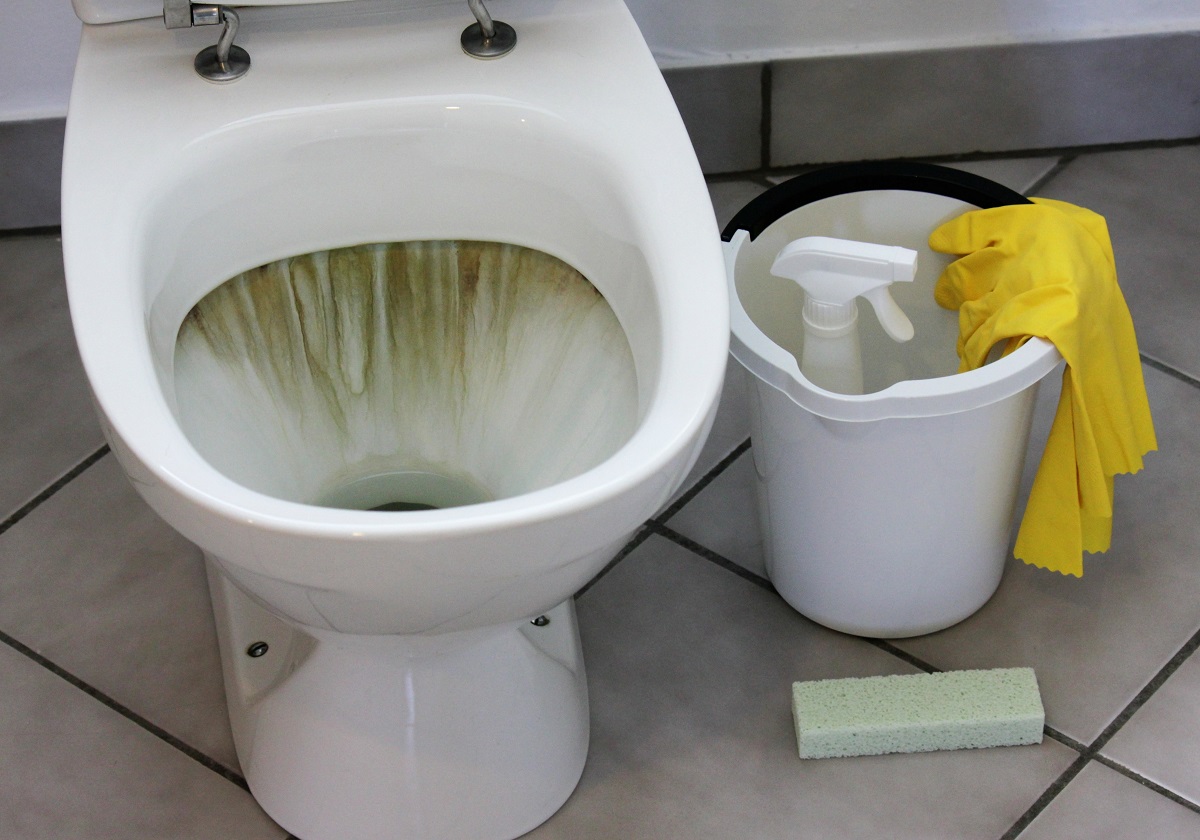
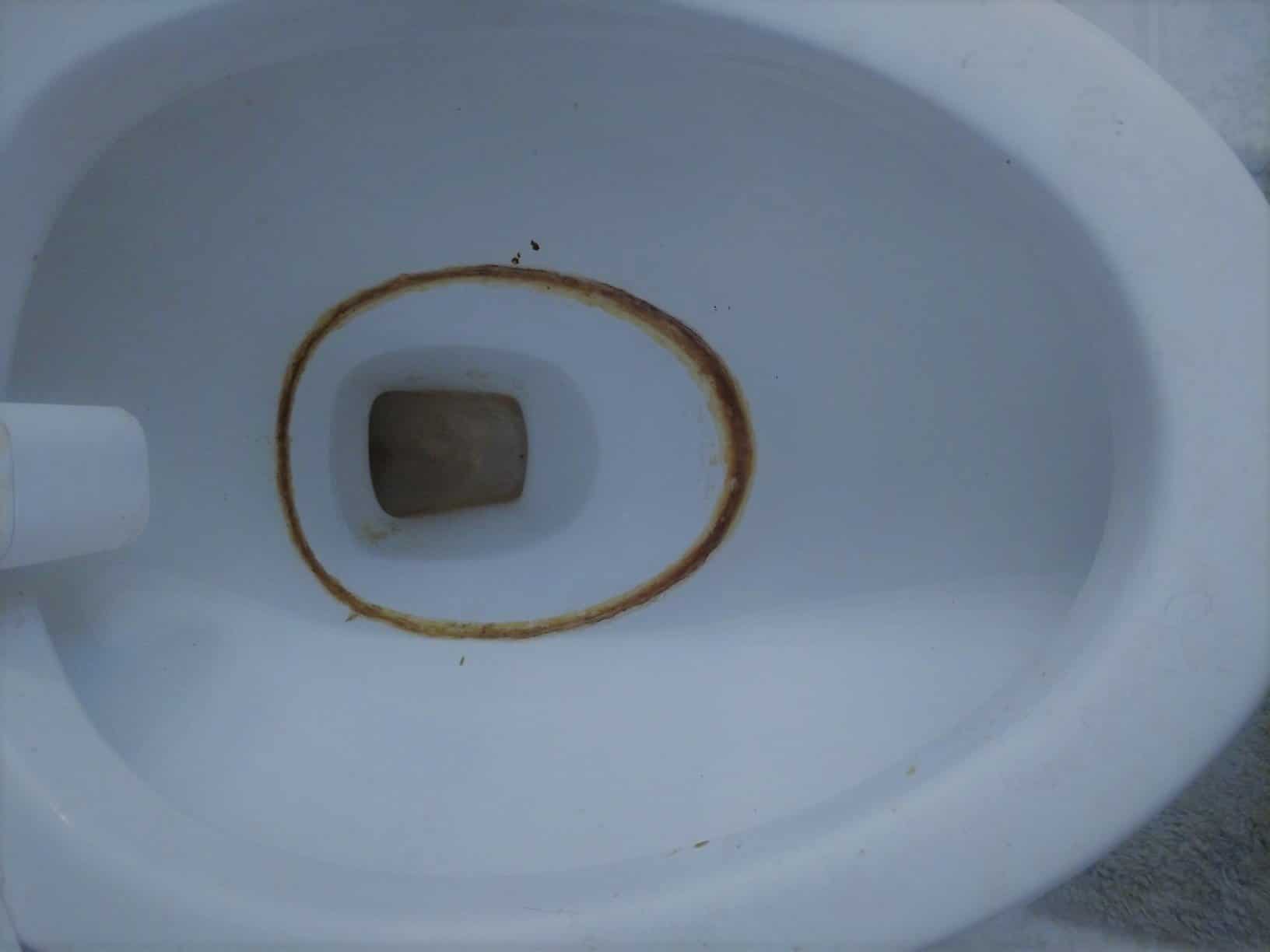
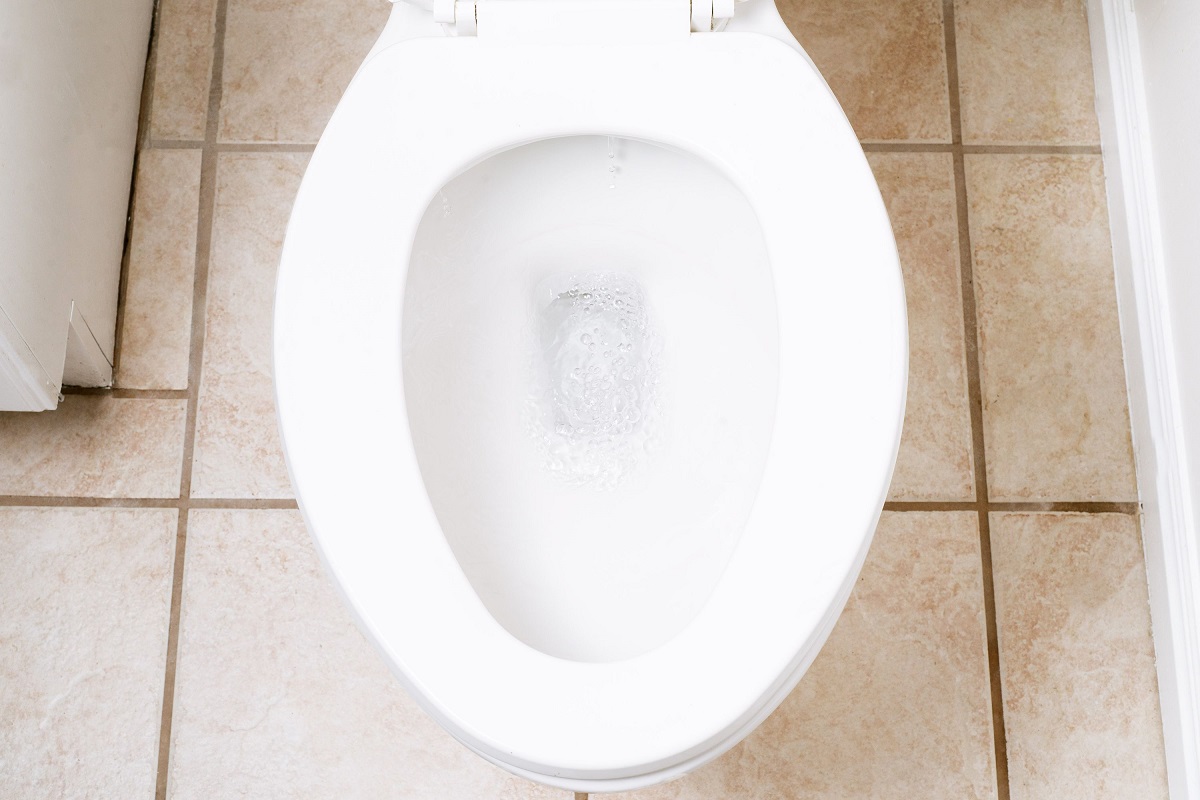
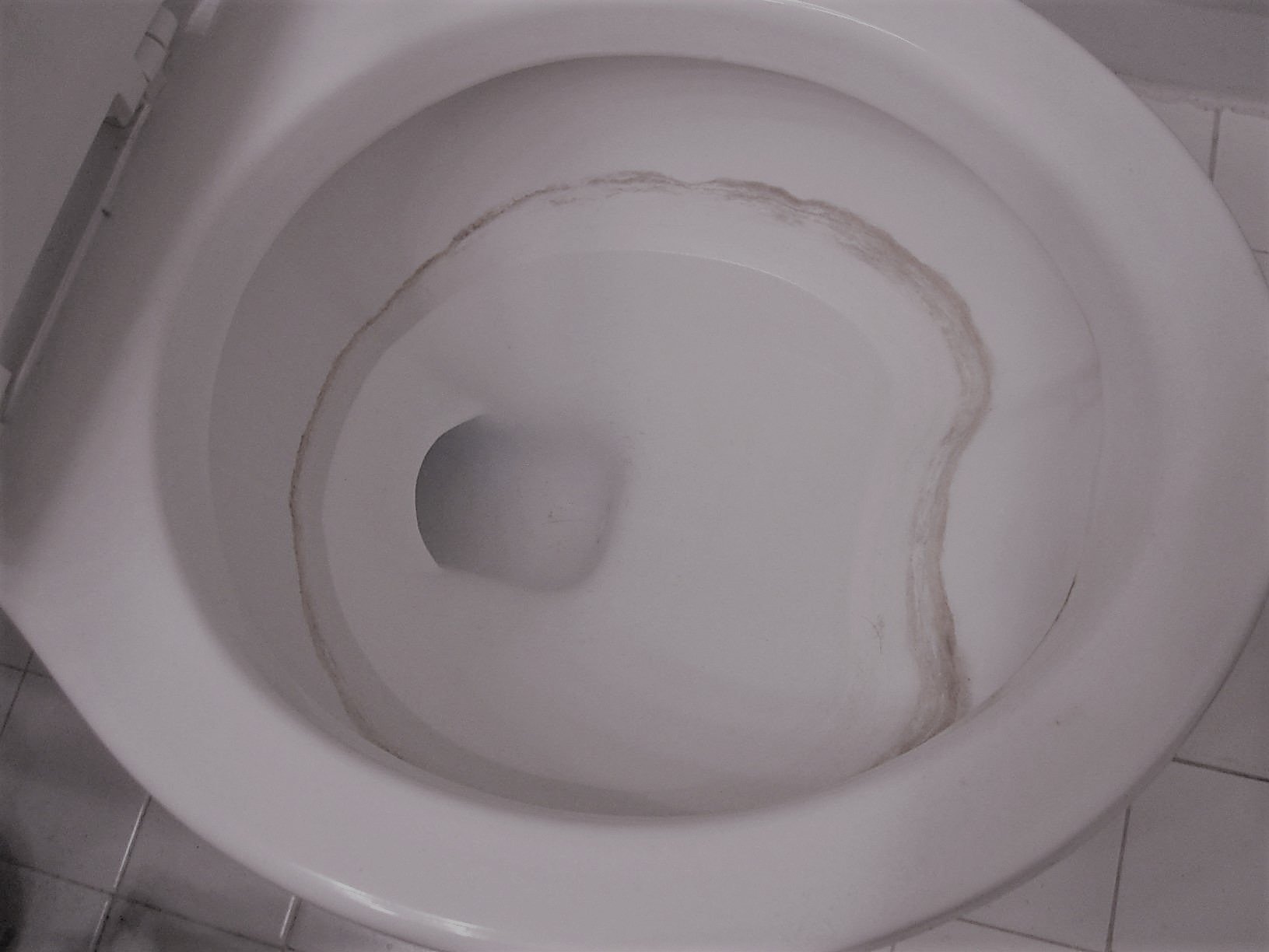
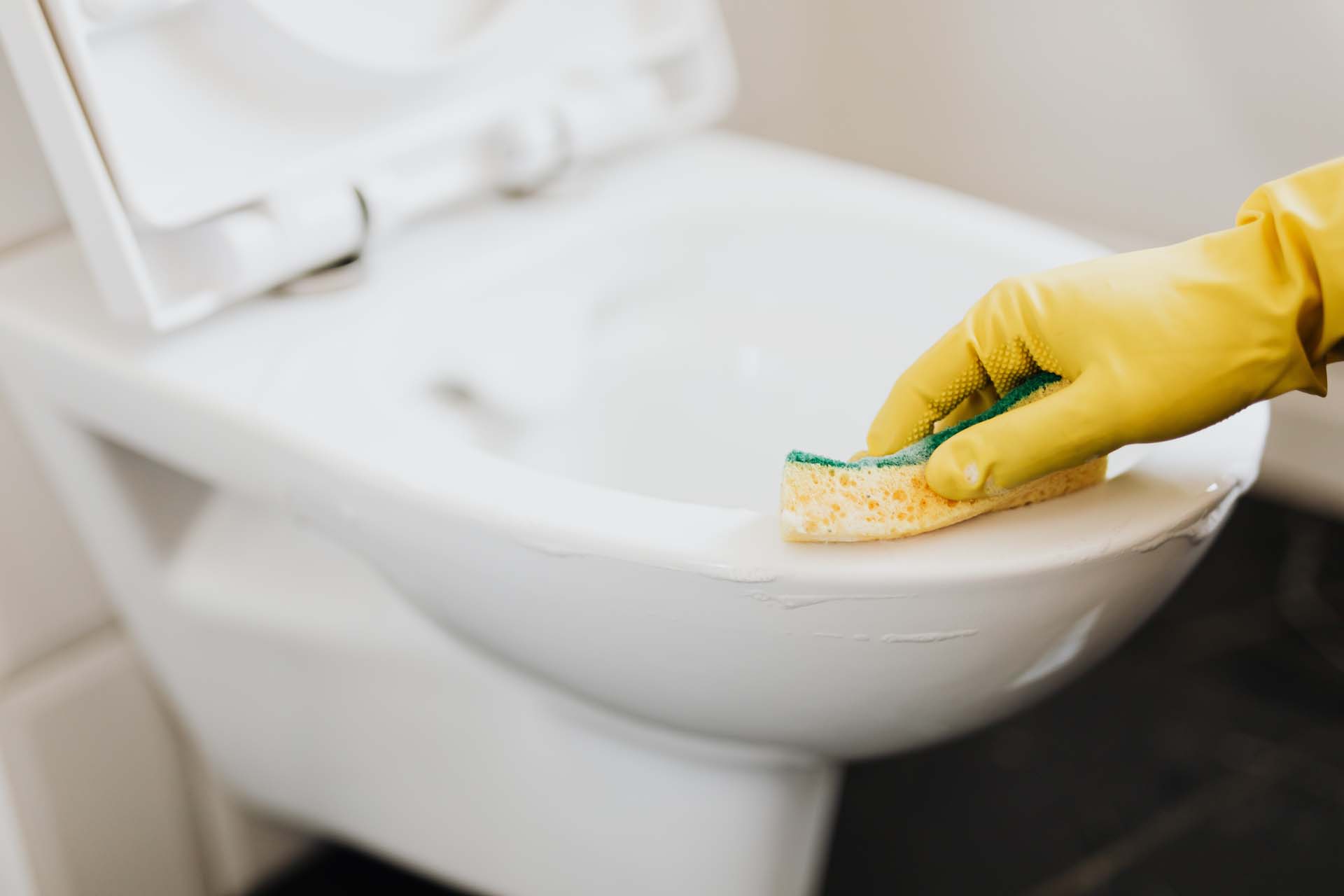
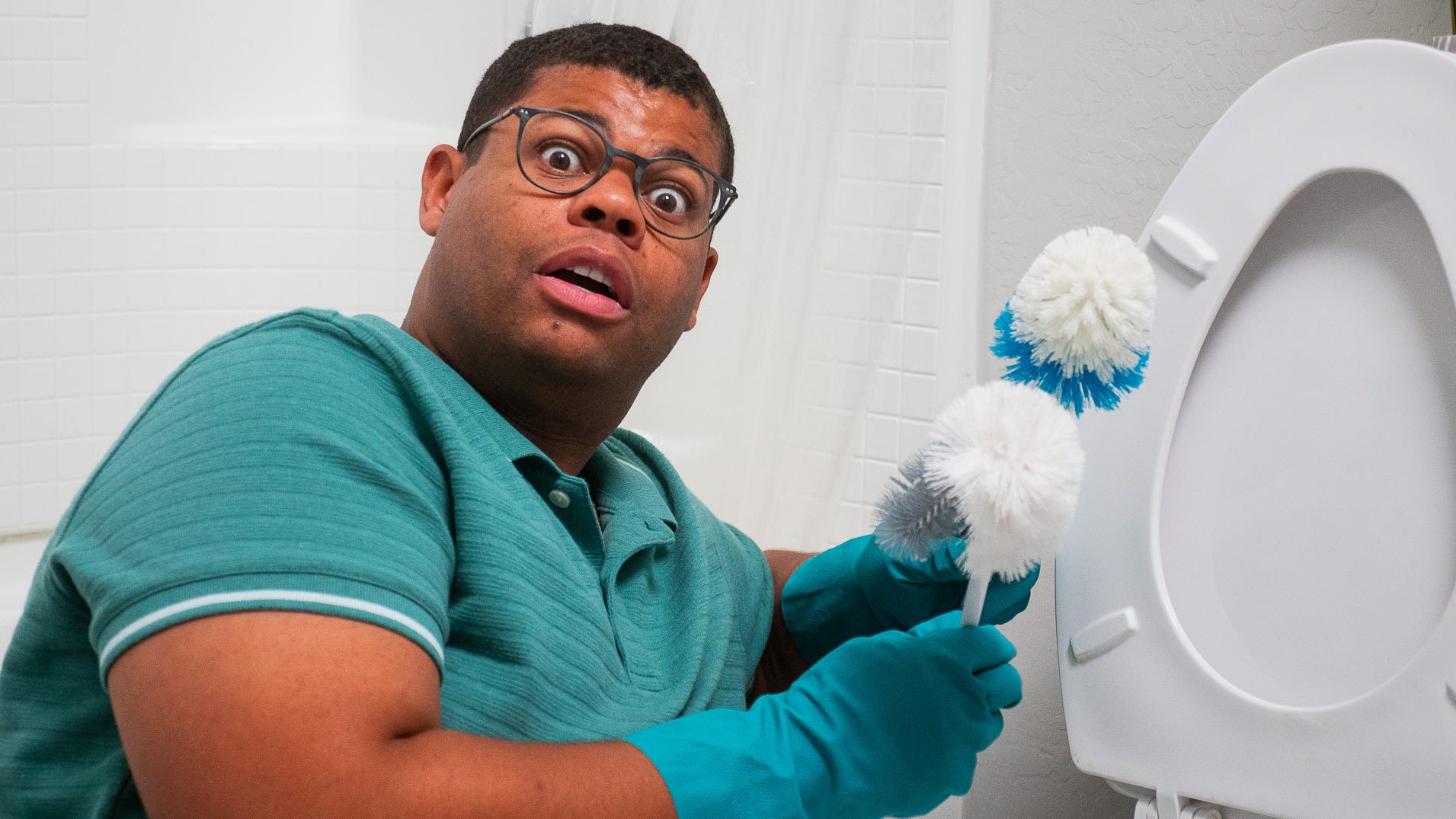
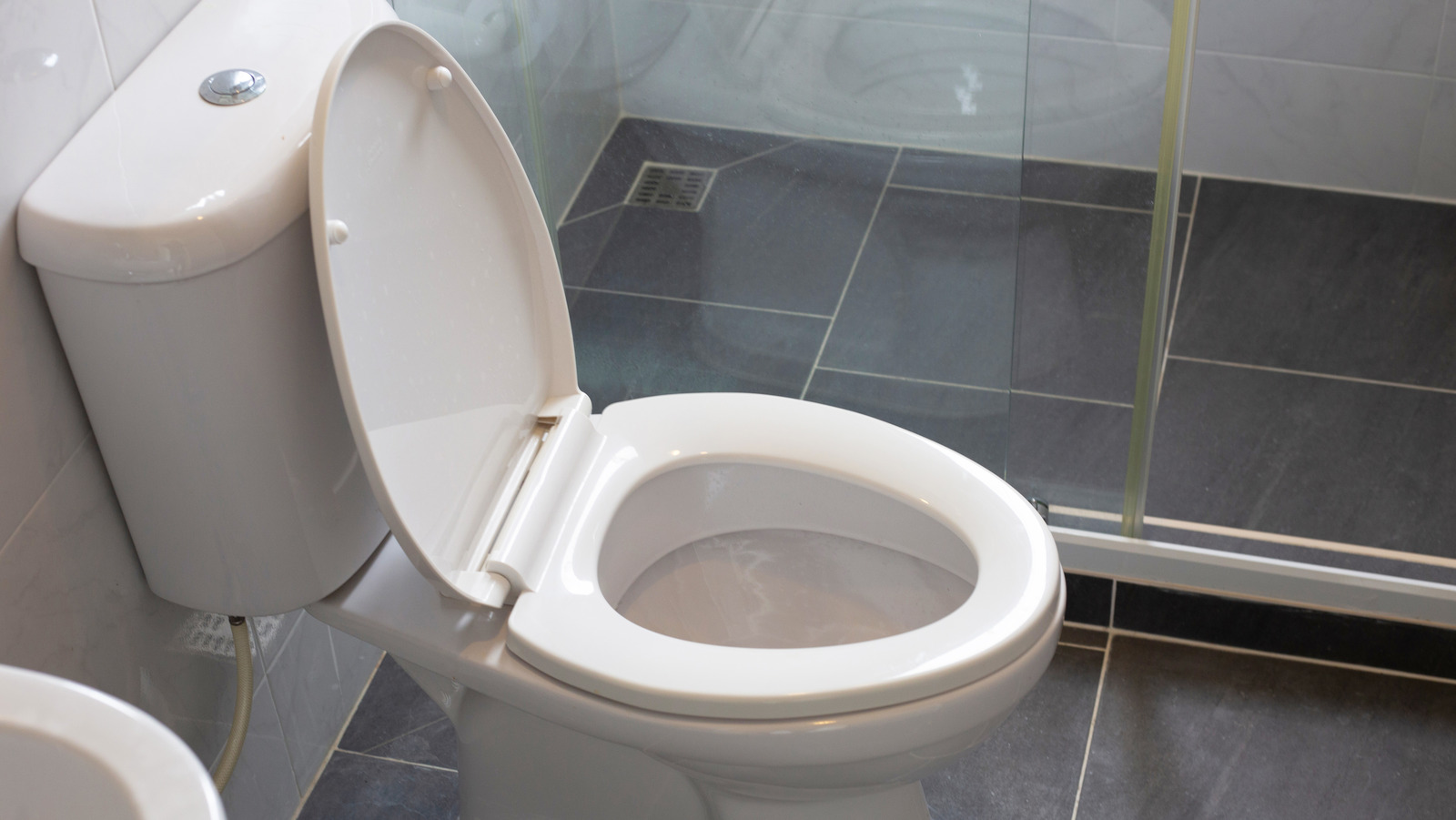
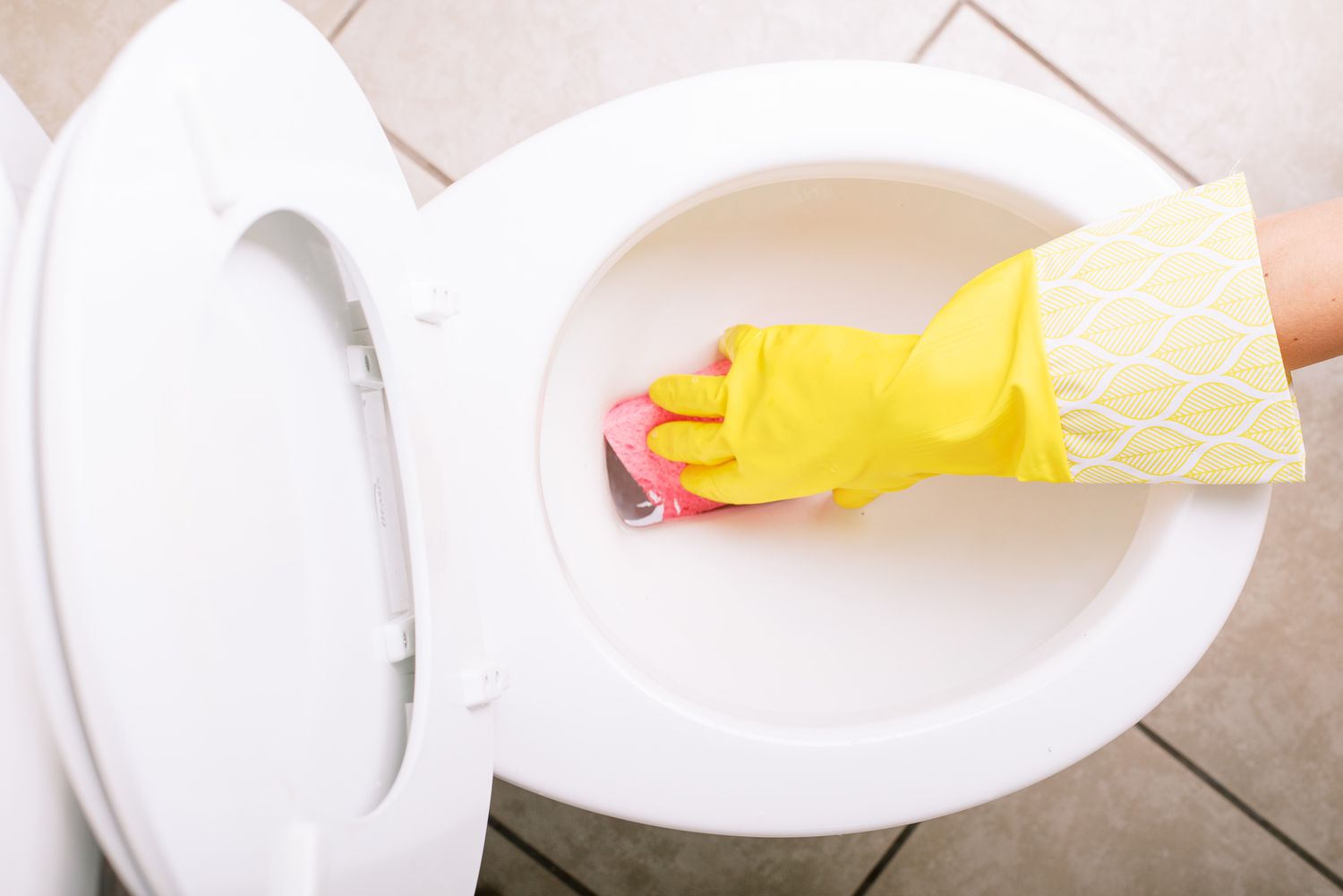

0 thoughts on “What Causes Pink Ring In Toilet”